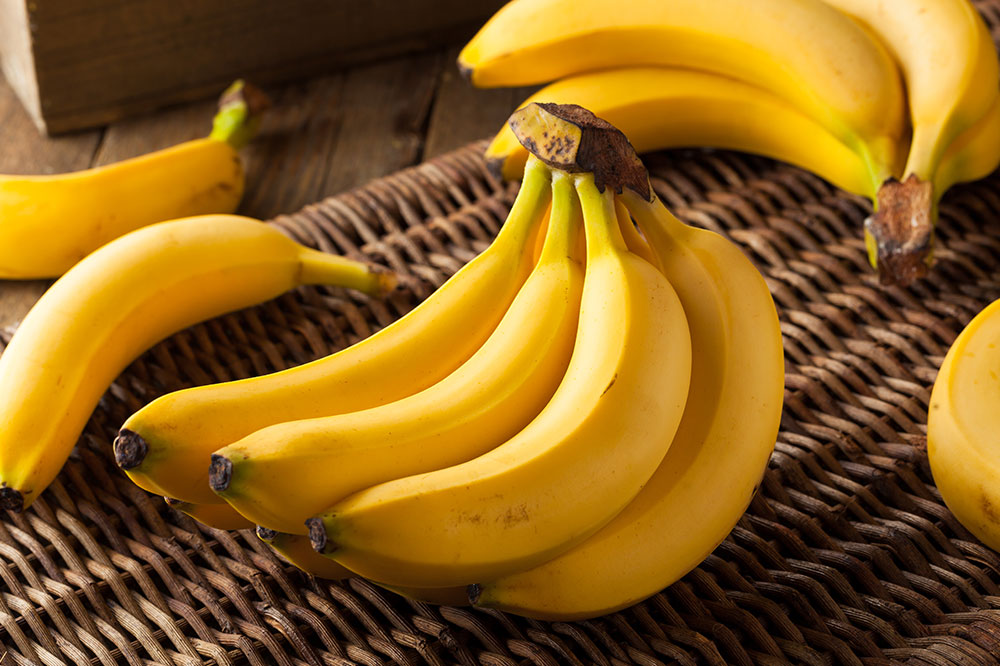
Ulcerative colitis – Symptoms, causes, and management options
Ulcerative colitis is one of the main types of inflammatory bowel disease and a chronic condition characterized by inflammation and ulcers (or sores) in the lining of the large intestine, also known as the colon. A recent study suggested that the condition affects about 1 million people in the country. It is a serious disease with no known cure; however, its symptoms can be managed through treatment options and lifestyle changes.
Symptoms
The condition manifests in different ways depending on the severity and location of the inflammation. The most common symptoms include d iarrhea, a bdominal pain and cramps, r ectal pain, b loody stools, l oose and urgent bowel movements, f atigue, and f ever. As the disease progresses, people may also experience symptoms like j oint pain and swelling, n ausea and reduced appetite, s kin rashes, m outh sores, and l iver disease. Those diagnosed with the condition often experience periods of severe and mild symptoms, so they can have flare-ups or no symptoms (or remission). Further, ulcerative colitis symptoms develop over a long period.
Causes and risk factors
An overactive immune system is believed to be the cause; however, what makes the immune system react this way and attack the colon is not yet known. Researchers have identified factors that may contribute to the development of the disease. These include:
Genes and family history: Those who inherit a specific gene are at a higher risk of developing the condition. Also, those with a parent, sibling, or child affected by ulcerative colitis may be at a higher risk.
Other immune system disorders: Such disorders trigger the immune system, causing colon inflammation and ulcerative colitis.
Environmental factors: Bacteria, viruses, and antigens in the environment can trigger the immune system, causing inflammation in the large intestine.
Foods to eat and avoid
Choosing the right foods is an important way to manage the disease. Here are the best foods to have:
Bananas: This fruit is high in nutrients and is easily digestible, making it a healthy option.
Yogurt: This food is packed with good bacteria or probiotics, which can reduce symptoms and prevent flare-ups.
White bread: This is made of refined grain, making it easier to digest. However, choosing white bread enriched with extra minerals and vitamins is advisable.
Certain foods can aggravate the symptoms and should be avoided. These are:
Whole-wheat bread: As it is packed with fiber from the whole grains, this bread is difficult to digest and can cause abdominal cramps and gas.
French fries: Fried snacks contain unhealthy fats that can worsen the symptoms.
Sodas: Sodas and other carbonated drinks can irritate the digestive tract and cause gas.
Natural remedies and lifestyle changes
Practices that can help reduce the severity of symptoms and even the risk of complications:
Drinking plenty of water: Most people diagnosed with the condition have diarrhea, which leads to severe fluid loss. So, one should ensure adequate hydration.
Exercising regularly: Physical activity can reduce the risk of decreased bone density, one of the complications of ulcerative colitis. One should aim for 30 minutes of exercise like walking and jogging five times a week.
Practicing relaxation techniques: Stress can be a common consequence of the condition. So, relaxation techniques like yoga, meditation, and deep breathing exercises can help one manage stress.
Treatment options
While foods and natural remedies are helpful, most people with ulcerative colitis require oral treatments or surgery. Oral treatments target inflammatory markers in the large intestine or suppress the immune system response, thereby reducing the inflammation. Alternatively, doctors may recommend surgery, which could involve the removal of the entire colon or rectum and creating an alternate path for the waste to pass through.




